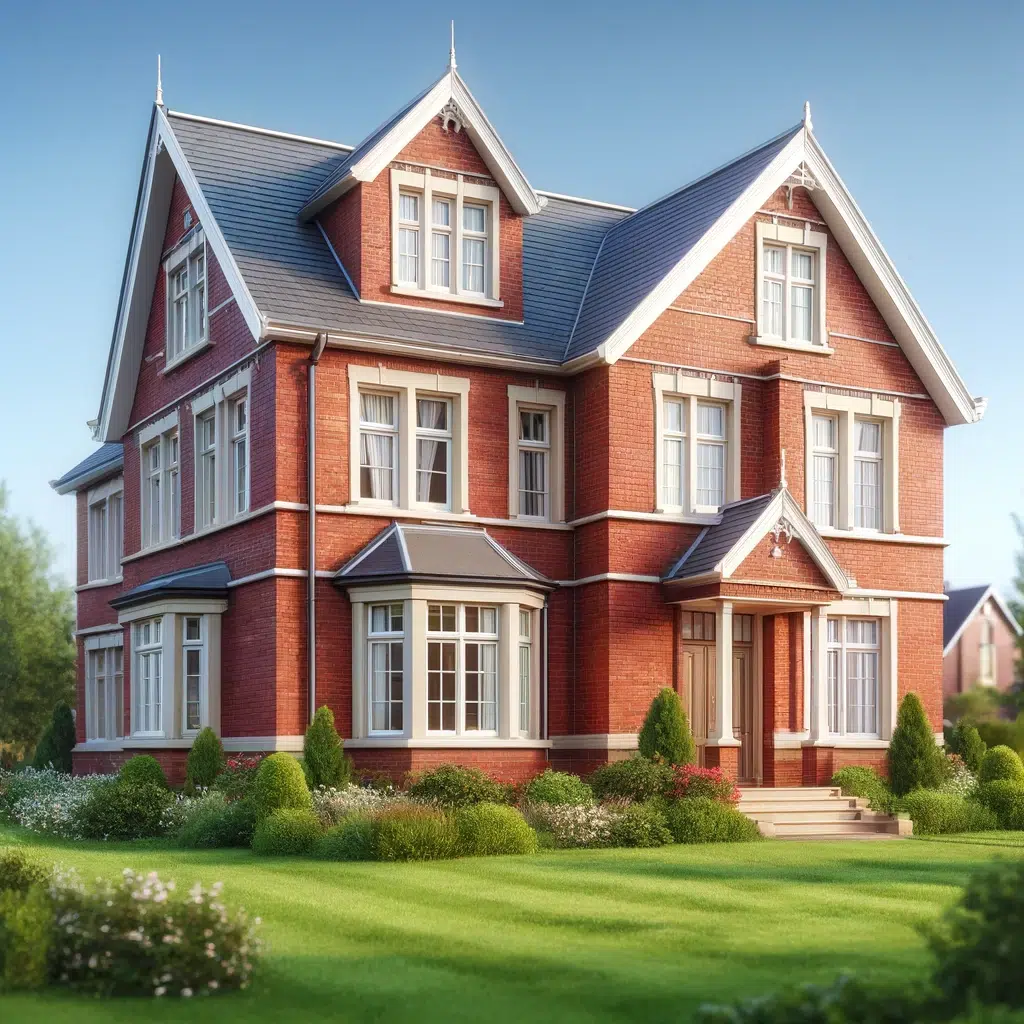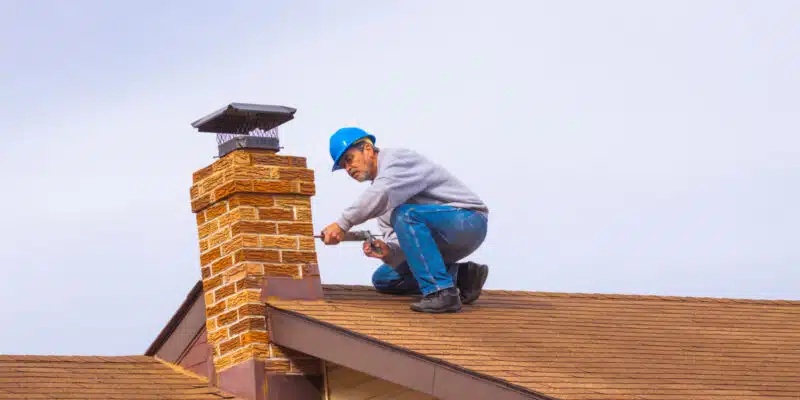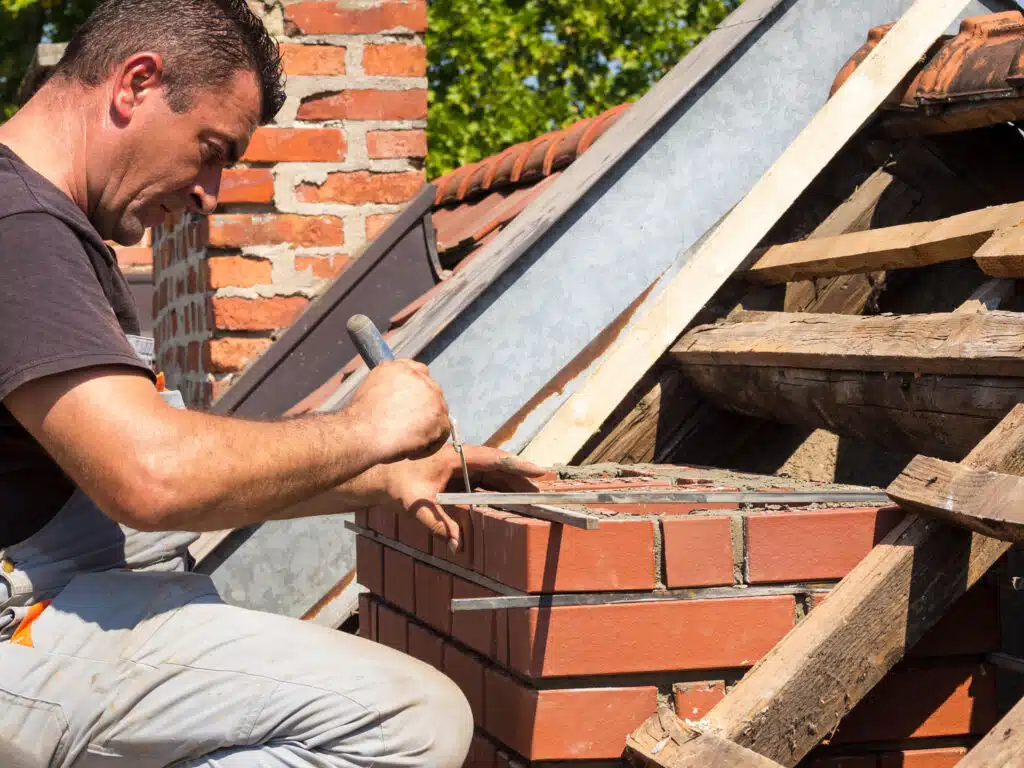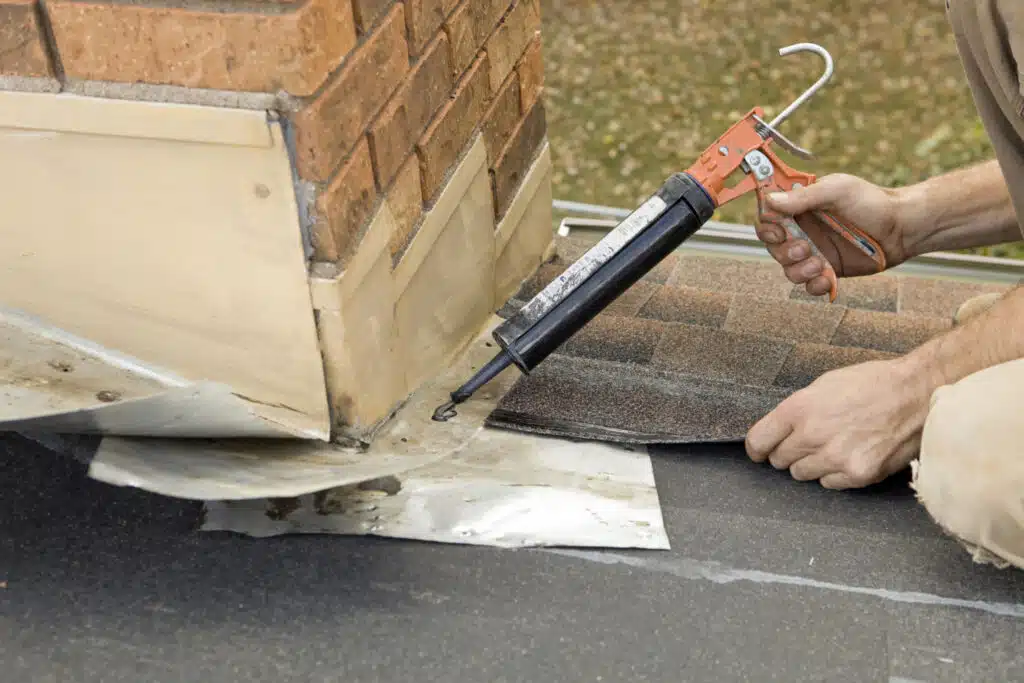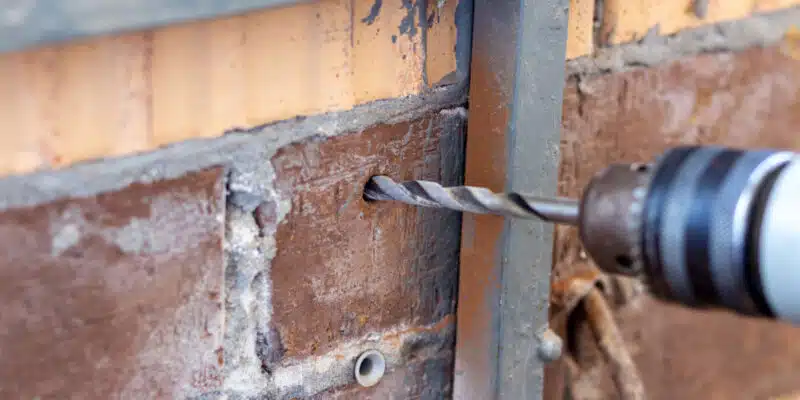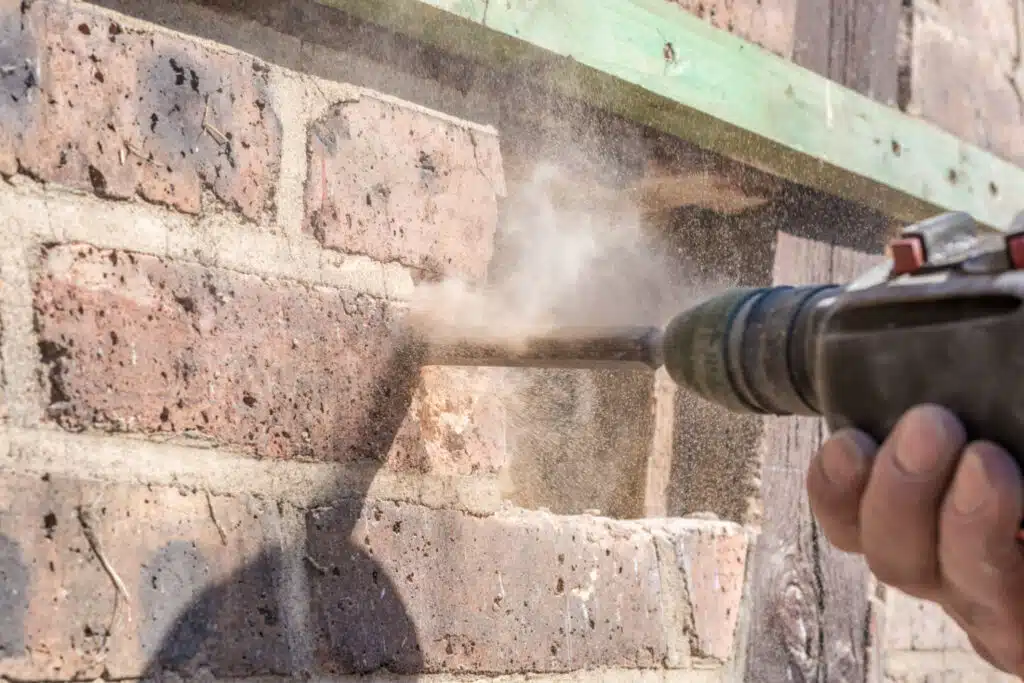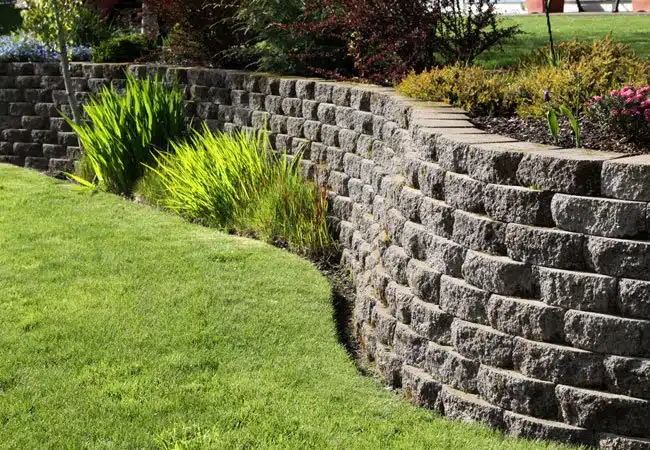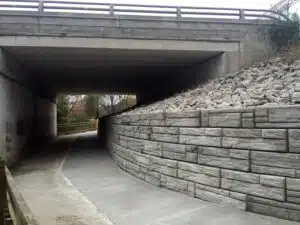Understanding the Importance of Masonry Designers
Collaborate with a masonry designer for optimum results. Their experience and insight is invaluable. Trust them to bring their creative flair and professional know-how. This includes understanding design principles, safety measures, and zoning requirements.
The designer will provide advice on quality materials. They are best suited for your space’s purpose and local building codes. Plus, they have access to great prices from suppliers.
For cost savings, let the designer source materials. They have strong relationships with suppliers. This gives them access to high-quality raw materials at unbeatable prices.
Pro tip: Partner early. This sets expectations between all parties involved. Enjoy the creative process and watch your vision come to life!
Preparing for Your First Meeting with a Masonry Designer
To prepare for your first meeting with a masonry designer for custom masonry, with vision implementation is vital. You can bring your vision to life by identifying it for your space, and establishing your budget and timeline. These sub-sections will help you ensure that you and your designer are on the same page from the very beginning.
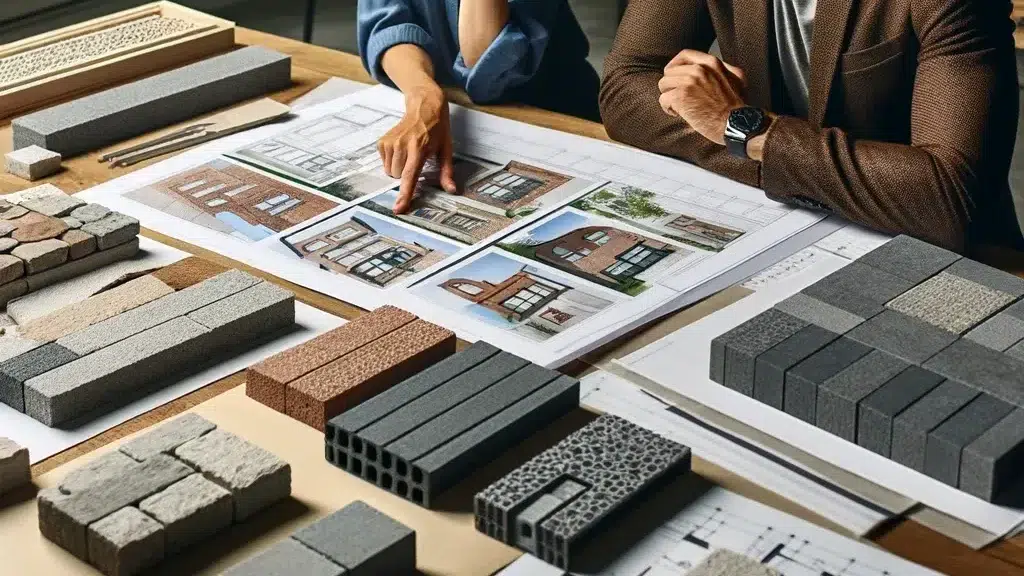
Identifying Your Vision for Your Space
Before meeting a masonry designer, it’s key to have a clear idea of the area you want. Figure out the purpose of the space and activities that will take place. Define your style and any colors or textures you’d like to include. Look into existing structures and landscaping that can be incorporated. Visual aids, such as photos and sketches, are also helpful.
With this vision in mind, you’ll be able to communicate your desires to the designer. They can then make expert suggestions and adjustments. One client wanted a backyard patio, but weren’t sure how to visualise it. With help from the designer and inspiration photos, they created an elegant outdoor retreat with a natural stone fireplace as the centrepiece. The end result was exactly what they wanted.
Remember to set a budget and timeline for your project when speaking with the masonry designer. That way, you’ll be able to create a functional and beautiful design that meets all of your needs.
Establishing Your Budget and Timeline
Structuring Your Finances and Time-period
Constructing a practicable budget and timeline is important for a successful masonry design project. To guarantee a pleasant collaboration between you and your designer, take into account the following points:
- Specify your budget: Before beginning any project, decide how much you are ready to spend. Be frank with your designer about your financial restrictions.
- Fix a practical timeline: Establishing an achievable time-frame for the completion of the project is essential. Talk with your designer what can be practically accomplished within your budget and time-frame.
- Be open to modifications: Adaptability is essential when it comes to structuring your financial plan and time-frame. Unanticipated costs may occur, or unforeseen situations could come up that require changes later on.
When talking about your financial plan and time-frame, make sure to ask questions if you have any hesitations or worries. Knowing all the details from the start will help avoid any miscommunication or issues in the future.
It’s essential to keep in mind that setting up a practical budget/time-frame from the beginning can lead you towards positive outcomes.
According to Houzz, famous online platform where architects or builders have set up their businesses cost around $2-$7 per square foot less than usual rates in traditional brick-like construction projects.
Working with a masonry designer is like playing Tetris, but instead of fitting blocks together, you’re fitting ideas and visions into a unified design.
Collaborating with Your Masonry Designer
To collaborate effectively with your masonry designer on bringing your vision to life, you need to have a good understanding of the process. In order to achieve this, you should focus on discussing custom masonry options and reviewing design concepts and making revisions. These sub-sections will act as solutions to ensure that the final outcome matches your unique vision with the expertise of a masonry designer.
Discussing Custom Masonry Options
When working with a masonry designer, discuss options for a personalized design. Materials, colors, shapes, and styles that fit your taste and fit the architecture. For example, natural stone instead of bricks or concrete blocks. You could also go for a certain pattern or motif to enhance the look of your building’s façade. Communicate these ideas and the designer will make a plan to suit your needs.
Innovative technologies like 3D modeling and virtual reality can help you see how the final product will look before any bricks or stones are laid.
Customized masonry designs have a long history. Ancient artisans crafted amazing structures with local resources like clay, stone, and wood. Today’s designers use modern techniques and tech alongside this ancient artistry to create timeless buildings.
Collaborate with your masonry designer to have a unique masterpiece that reflects your vision and identity. Tiny tweaks make all the difference in achieving perfection!
Reviewing Design Concepts and Making Revisions
When working with your masonry designer, it’s important to review the design concepts and make any updates needed. This ensures that the project meets your expectations and follows the vision. Here’s a 5-step guide on how to review and revise designs while collaborating with your masonry designer:
- Clarify Your Goals – Make sure you and your designer have clear objectives for the project. Figure out what you want to accomplish, what designs appeal to you, and make sure they fit the scope of the project.
- Evaluate Design Concepts – Review every option your masonry designer provides. Consider functionality, aesthetics, cost, and feasibility.
- Ask Questions – Get clarification from your masonry designer about their design choices. Figure out which materials are used, what it will cost, and other important details.
- Provide Feedback – Give feedback on what works and what doesn’t for you when reviewing designs by your masonry designer.
- Refine Design Concepts – Work with your designer to refine the original designs by making necessary changes until you get the desired outcome.
Also, consider the timeline agreed on for each revision before approving each design update.
I learnt from remodeling my home that having collaborative sessions, where I shared my views, helped my contractor understand my style choices better and interpret them more efficiently into designs during renovation processes.
Working with your masonry designer is like a game of Jenga – stay steady and have a plan.
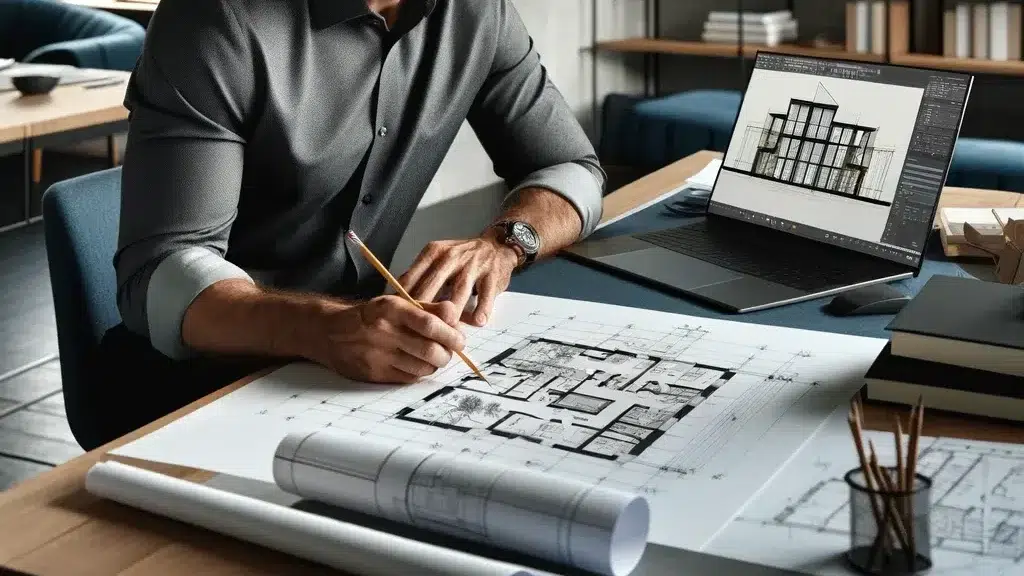
Implementing Your Vision with Your Masonry Designer
To implement your vision with your masonry designer, you need to work closely with them. Finalizing plans and obtaining permits, as well as managing the construction process, are important sub-sections to achieve this goal. In this way, you can ensure that your custom masonry project is executed to perfection, whether you’re a homeowner or business owner. Remember, the key to success is effective communication and collaboration with your masonry expert.
Finalizing Plans and Obtaining Permits
Before starting a masonry project, it’s important to finalize plans and get the necessary permits. This ensures that your vision is legal and avoids issues during execution.
- Collaborate with your masonry designer to bring your concept to life. Discuss materials, measurements and design elements.
- Find out local requirements for permits, such as for retaining walls or outdoor fireplaces. Check size, height and location limitations.
- Prepare documents for permit applications – drawings, site plan details and other supporting material. Submit and wait for approval.
- Review feedback from regulatory agencies on modifications or changes to design.
Remember variables that can delay completion times – weather and material availability.
Custom features using masonry let you create unique outdoor living spaces that reflect your personality. Don’t miss the chance!
With the right masonry designer, decisions will result in an amazing outcome. Managing a construction project is never easy, but a good designer can keep it under control.
Managing the Construction Process
Maximizing the Construction Process with Your Masonry Designer?
Finalize your vision with a skilled masonry designer. Manage the process smoothly. Communication is key to keep aligned with your plan. Changes made on-site can be costly.
Stay transparent and get timely updates from your builder. Discuss payment schedules, contingency plans, and contracts before construction starts. Coordinate closely to stay on-track. Work with your masonry designer for unified results.
Don’t let your dream fade away. Take proactive steps. Stay involved in every stage of the building process alongside the specialized masonry team. This will keep your custom masonry looking great – challenging, but worth it.
Maintaining Your Custom Masonry
To maintain your custom masonry and keep it looking great, you need to follow some simple steps. Regular cleaning and maintenance, as well as addressing any necessary repairs, are the keys to ensuring your masonry withstands the elements and stays in good condition. These sub-sections will assist you in retaining the beauty of your custom masonry and keeping it in top shape.
Regular Cleaning and Maintenance
Caring for custom masonry is important to increase its lifespan and keep it looking great. To ensure your masonry is functional, stylish, and durable, follow these guidelines:
- Clean It Regularly: Use a soft-bristled brush and warm, soapy water to remove dust, dirt, and other debris. Pressure wash it every six months or when needed.
- Inspect for Damage: Check for cracks, chips, or missing mortar. Don’t ignore these issues – they could lead to further damage. Repair them promptly.
- Seal Your Masonry: Sealing protects your masonry from water and UV rays. Get advice from a professional on the right product for your stone or material.
- Maintain Landscape Around Masonry: Keep weeds and foliage away from the structure. Plant roots can cause damage when they expand.
Additionally, check for leaks around your masonry, water gently with a hosepipe near new patios or walls, don’t use harsh chemicals (they lower longevity and color faster), and clean with mild soap and water. Fix cracks before they get bigger, and apply sealants suggested by professionals to enhance appearance and prevent deterioration.
Addressing Any Necessary Repairs
It’s essential to take action quickly to address any issues that could affect your custom masonry. Ignoring even minor repairs can lead to more extensive fixes later. Check your wall or structure for any cracks, chips, or fading bricks regularly. Spotting problems early can mean the difference between a simple repair and a major overhaul.
For minor chips or cracks, use epoxy filler that looks like your wall’s original color. If you discover substantial damage like severe cracking, water damage, and crumbling mortar joints, get help from experienced masonry contractors right away.
Also, reseal your masonry occasionally to ensure it stays protected from harsh weather conditions’ damages. Using high-quality sealers can lengthen the life of brickwork and help keep its initial beauty.
European restorers, while restoring ancient masonry treasures like cathedrals, uncovered that hotbeds had been used for centuries to heat structures properly without damaging the walls or supports. They included this old technique in their restoration process by putting hot beds against decaying stone before replacing it with new blocks, creating a stronger bond between old and new stonework.
Having a vision for masonry is great, but bringing it to life is better (and less likely to result in a collapsed chimney)!
Conclusion: Bringing Your Masonry Vision to Life
Achieve your custom masonry vision with expert help!
Working with a masonry designer is key for bringing your masonry vision to life. Their knowledge and skill can craft a design that blends with your architecture.
Consultations are crucial for realizing your vision with unique details and design elements. You’ll benefit from their experience with custom masonry projects. They will guide you on materials, colors, and textures that will make your space beautiful. From statement fireplaces to intricate stonework, they can maximize your project’s potential.
Every detail matters when designing custom masonry projects. Think of durable stones, weather-resistant textures, and finishes that will contribute to the final outcome. Masonry designers pay attention to each detail while ensuring it matches the vision.
Pro Tip: Pick reputable masonry designers who provide high-quality solutions tailored to your needs.
Frequently Asked Questions
- What is a Masonry Designer and how can they help bring my vision to life?
- A Masonry Designer is a professional who specializes in custom masonry projects. They can help you conceptualize and implement your vision by creating a detailed plan that takes into account your preferences, budget, and design aesthetic.
- How do I find a reliable Masonry Designer?
- Research potential Masonry Designers in your area, read reviews, and ask for referrals from friends or colleagues who have worked with someone they trust. Meet with potential designers in person to discuss your project before making a final decision.
- What should I expect during the design process?
- You can expect your Masonry Designer to ask you questions about your vision, preferences, and budget. They will then develop a comprehensive plan that outlines the scope of the project, materials used, and timeline. Expect to have several meetings with your designer to review the plan and make any necessary revisions.
- How much does it cost to work with a Masonry Designer?
- The cost of working with a Masonry Designer varies depending on the complexity of the project and the designer’s experience. Some designers charge a flat fee for their services while others bill hourly. Make sure to discuss payment options with your designer before beginning the project.
- Will I have input in the design process?
- Absolutely. It is important to work with a designer who values your input and incorporates your vision into the final product. Your Masonry Designer will listen to your ideas, preferences, and budget to create a design that meets your needs and exceeds your expectations.
- How long does it take to complete a custom masonry project?
- The timeline for a custom masonry project depends on the scope of the project and the materials used. Your Masonry Designer will provide you with a timeline that outlines the work to be done and the estimated completion date. Factors such as weather conditions and unexpected delays can also impact the project timeline.


